How To Plant Jalapeno Seeds: A Step-by-Step Guide for Spicy Success
- February 21, 2024
- 0 comment
Jalapeno peppers are a popular spicy ingredient in many dishes around the world. Growing your own jalapenos can be a rewarding experience, providing you with fresh, flavorful peppers for your cooking. Here’s a step-by-step guide on how to plant jalapeno seeds.
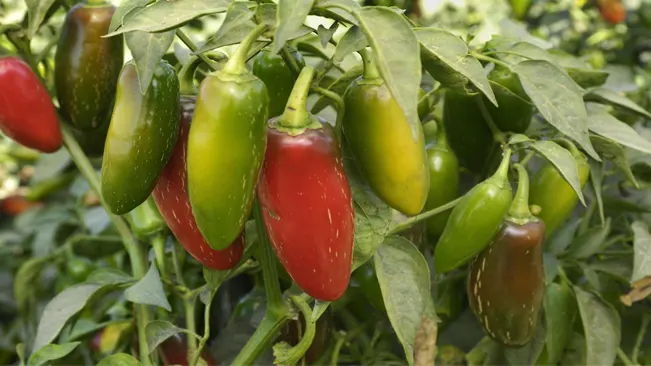
Nutritional Benefits of Jalapeno
| Health Benefit | Description |
|---|---|
| Rich in Vitamins and Minerals | Jalapenos are a good source of vitamin C, vitamin A, vitamin K, and potassium. These nutrients are essential for overall health, including skin health and immune function. |
| Antioxidant Properties | They contain antioxidants like capsaicin, beta-carotene, and quercetin, which help combat oxidative stress and may reduce the risk of chronic diseases. |
| Weight Loss Aid | Capsaicin, the compound that gives jalapenos their heat, may boost metabolism, increase fat burn, and reduce appetite, aiding in weight loss. |
| Pain Relief | Capsaicin is also used in topical creams for its pain-relieving properties, as it can reduce pain signals sent to the brain. |
| May Reduce Cancer Risk | Some studies suggest that capsaicin has anti-cancer properties, potentially playing a role in cancer prevention. |
| Anti-inflammatory Effects | The antioxidants and capsaicin in jalapenos may have anti-inflammatory properties, which can be beneficial for reducing inflammation-related health issues. |
| Digestive Health | Jalapenos may help improve digestive health by reducing acidity and gastrointestinal discomfort. However, they can irritate the gut in some individuals. |
Choosing the Right Seeds
Before you begin, make sure you have high-quality jalapeno seeds. You can purchase these from a reputable garden center or online seed supplier. Look for disease-resistant varieties or those tailored to your local climate for the best results.
Seed Quality
- Reputable Source: Purchase seeds from a trusted garden center or an established online seed supplier. This ensures that the seeds are fresh and have a high germination rate.
- Organic vs. Non-Organic: You may choose between organic and non-organic seeds. Organic seeds come from plants that were grown without synthetic fertilizers or pesticides, which can be an important factor for some gardeners.
Variety Selection
Early Jalapeno
This is a traditional variety that matures faster than others, making it a great choice for climates with shorter growing seasons. It produces medium-sized, moderately spicy peppers.

Jalapeno M
A classic jalapeno type, known for its consistent quality. It offers the traditional heat level and size that many associate with jalapenos.
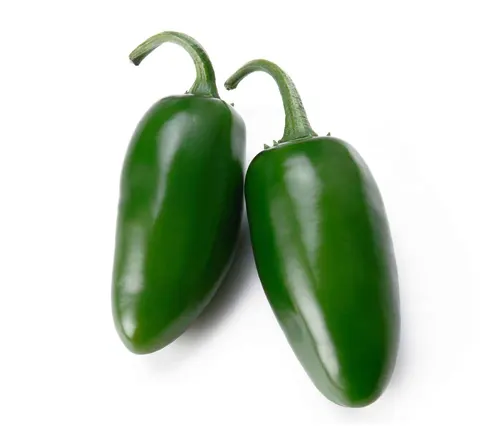
Mucho Nacho Jalapeno
Larger than the average jalapeno, this variety is known for its extra-large size and slightly higher heat level. It’s great for stuffing and grilling.

Gigante Jalapeno
As the name suggests, Gigante produces very large fruits, ideal for those who love jalapenos with a milder heat and more flesh.
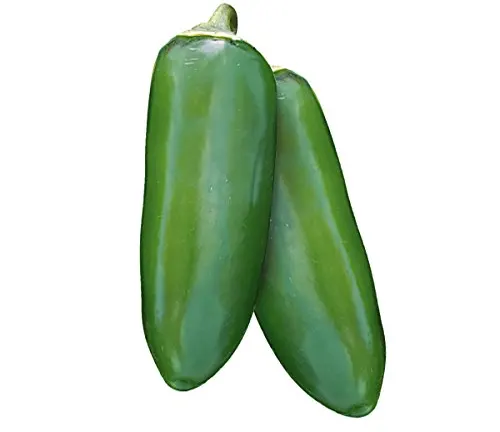
Tam Jalapeno
A milder variety, developed by Texas A&M University. It has a lower heat level, making it suitable for those who prefer a milder taste.
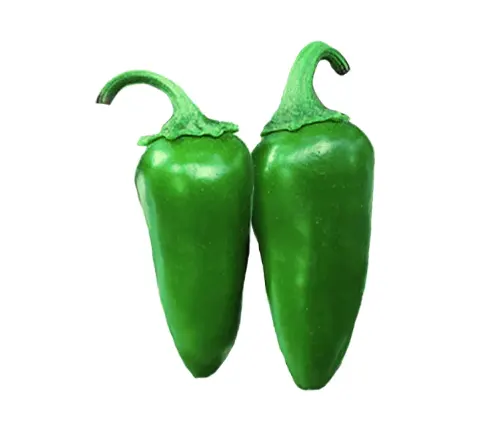
Purple Jalapeno
This variety turns a deep purple before finally ripening to red. It offers a slightly fruitier flavor compared to the traditional jalapeno.
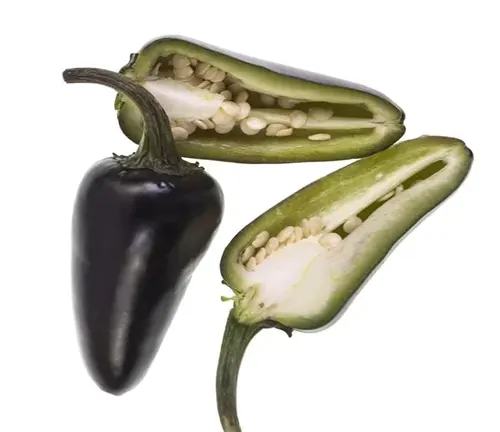
Jaloro Jalapeno
Developed by the Texas Agricultural Extension Service, this is a yellow jalapeno that turns orange and then red. It’s both ornamental and tasty.

Biker Billy Hybrid
Known for its very hot flavor, this hybrid is popular among those who prefer a spicier jalapeno. It also has a larger, meatier fruit.
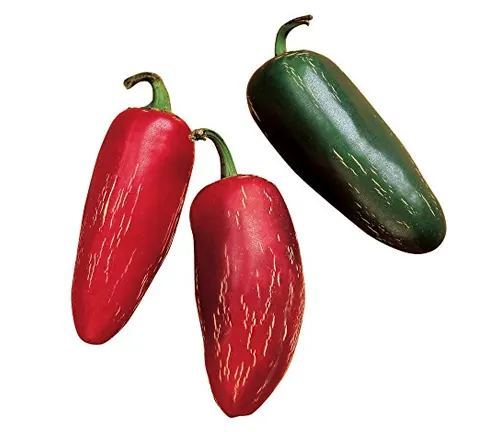
Senorita Jalapeno
A milder variant with about a third of the heat of standard jalapenos. It’s ideal for those who want the flavor without too much spice.
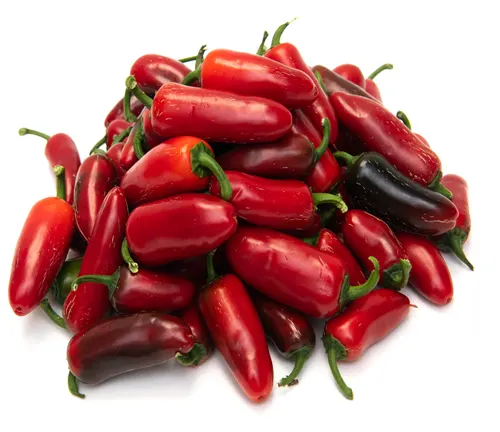
Sierra Fuego Jalapeno
A highly productive variety that’s resistant to many common pepper diseases. It’s known for its uniform, medium-sized fruits.
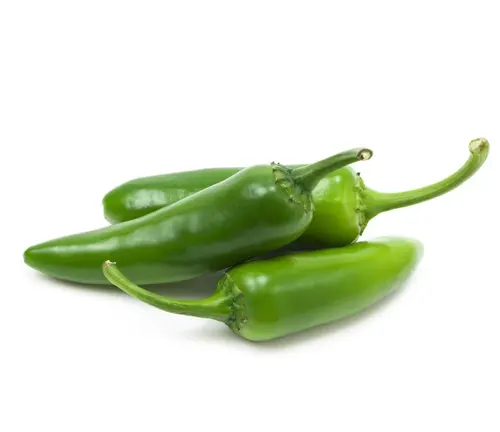
Jalafuego Jalapeno
Notable for its large size and very high heat level, making it a favorite for those who like their peppers hot.

Climate Adaptation
- Local Adaptation: Some varieties perform better in specific climates. For instance, certain types may be more suited to cooler northern climates, while others thrive in the heat of southern regions.
- Heat Level: Jalapenos vary in spiciness. Some are bred to be milder, while others pack more heat. Consider your taste preference and the typical use of the peppers when selecting a variety.
Seed Viability
- Check Expiration: Ensure the seeds are within their viability period. Most seeds remain viable for 2-3 years if stored properly.
- Storage Conditions: If you have saved seeds from a previous season, make sure they were stored in a cool, dry place to maintain their viability.
Organic Certification and Non-GMO
- Certified Organic: For those preferring organic gardening, look for seeds that are certified organic. This ensures they were produced following organic agricultural standards.
- Non-GMO: Most jalapeno seeds are non-GMO (genetically modified organism), but if this is a concern, look for labels that specifically state the seeds are non-GMO.
Starting Seeds Indoors
Jalapeno seeds should be started indoors about 8-10 weeks before the last expected frost date in your area. This gives the plants a head start, as jalapenos need a long growing season.
Prepare Seedling Trays
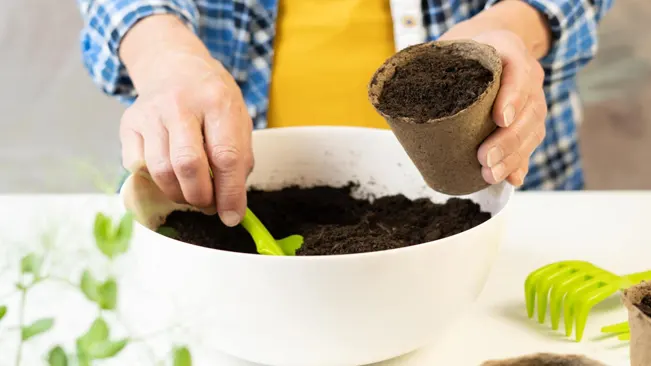
- Selecting Containers: You can use any small containers, but seedling trays with individual cells are ideal. These make it easier to manage the moisture levels and transplant the seedlings later.
- Choosing Seed Starting Mix: The seed starting mix is critical. It should be light and fluffy to allow for good root development and drainage. Avoid using regular garden soil as it can be too heavy and may contain pathogens harmful to seedlings.
Plant the Seeds
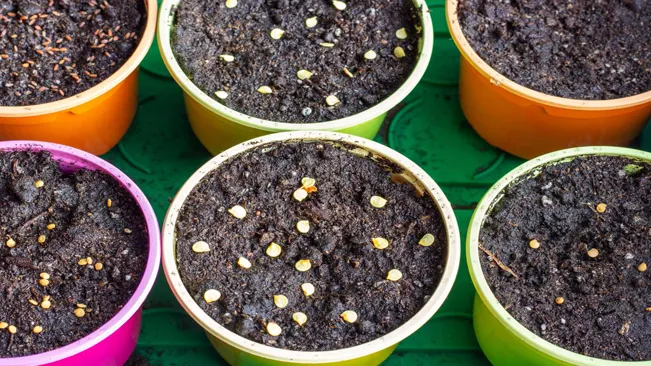
- Sowing Depth: Planting the seeds at the right depth is important. A good rule of thumb is to plant seeds at a depth approximately three times their size. For jalapeno seeds, ¼ inch is perfect.
- Multiple Seeds Per Cell: Planting two seeds per cell increases the chances of germination. If both seeds germinate, you can thin them out by snipping the weaker seedling at the soil level.
Water and Cover
- Watering: The soil should be kept consistently moist but not waterlogged. Overwatering can lead to fungal diseases like damping off.
- Covering: Using a plastic dome or wrap helps maintain humidity, which aids in germination. This mini greenhouse environment can significantly improve germination rates.
Provide Warmth and Light
- Temperature: Jalapeno seeds need warmth to germinate. The ideal soil temperature is around 75-85°F (24-29°C). A heat mat can be very useful in maintaining this temperature, especially in cooler climates.
- Lighting: Light isn’t crucial for the germination process itself, but once the seeds sprout, adequate light is essential for healthy growth. If you don’t have a sunny south-facing window, grow lights are a great investment. They provide the intensity of light needed for the seedlings to grow strong and sturdy.
Seedling Care Post-Germination
- Remove the Cover: Once the seeds have sprouted, remove the plastic cover to prevent over-humidity, which can encourage mold growth.
- Adjust Lighting: Keep the young plants under lights for about 14-16 hours a day, positioning the lights a few inches above the plants. This prevents the seedlings from becoming “leggy” as they stretch for light.
- Monitoring Moisture: Keep the soil moist but not wet. Using a spray bottle to mist the soil can be a good way to water without disturbing the delicate seedlings.
Caring for Seedlings
As the seedlings grow, keep the soil moist but not waterlogged. Once they develop their second set of leaves (true leaves), you can start fertilizing them with a half-strength, balanced liquid fertilizer every two weeks.
Maintaining Soil Moisture
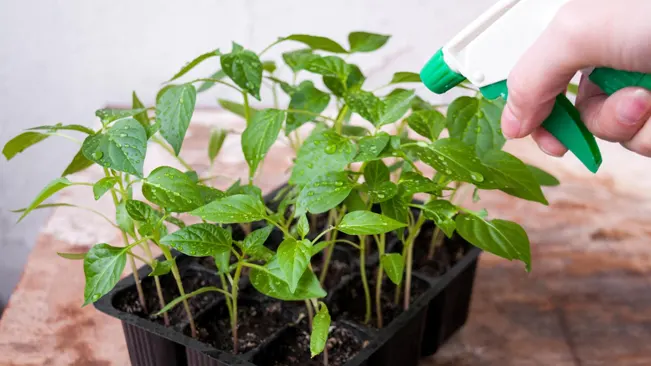
- Consistent Watering: Jalapeno seedlings need consistent moisture to thrive. Water them when the top inch of the soil feels dry to the touch. Avoid overwatering, as this can lead to root rot and other issues.
- Method of Watering: Use a watering can with a fine rose or a gentle spray setting on a hose to avoid disturbing the delicate seedlings. Water at the soil level rather than from above to minimize the risk of disease.
Monitoring Light Requirements
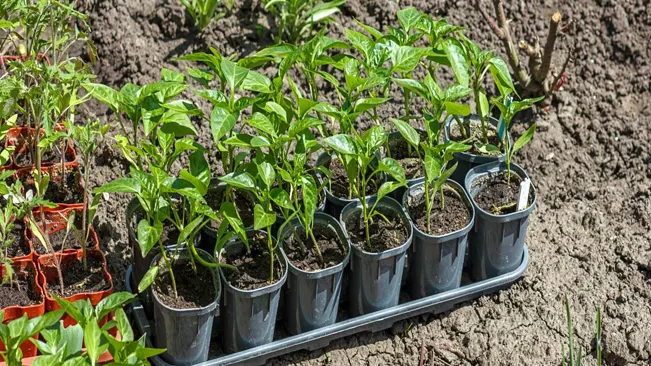
- Adequate Sunlight: Seedlings require plenty of light to grow strong and sturdy. If you’re growing them indoors, place them in a sunny window that gets at least 6 hours of sunlight a day. Alternatively, use grow lights placed a few inches above the plants, moving the lights up as the plants grow.
- Avoiding Leggy Seedlings: If your seedlings start to stretch or become ‘leggy,’ they are likely not getting enough light. Ensure they receive adequate light by adjusting their position or the light source.
Transplanting Outdoors
After the danger of frost has passed and the seedlings are about 6 inches tall, they are ready to be transplanted outdoors.

- Harden Off the Plants: Gradually acclimate the plants to outdoor conditions over a week. This process is known as hardening off.
- Choose the Right Spot: Jalapenos need full sun and well-draining soil. Prepare the garden bed by adding compost or aged manure to enrich the soil.
- Planting: Plant the jalapenos 14-16 inches apart in rows that are 2-3 feet apart. This spacing gives them room to grow and improves air circulation, which helps prevent disease.
Ongoing Care

- Watering: Keep the soil consistently moist but not soggy. Mulching can help retain soil moisture and control weeds.
- Fertilizing: Continue to fertilize every 4-6 weeks with a balanced fertilizer.
- Pest and Disease Control: Monitor for pests and diseases. Use organic pesticides or fungicides if necessary, following label instructions.
Harvesting
Jalapenos are typically ready to harvest in 3-4 months. They can be picked when they are green or allowed to ripen to red. The longer they stay on the plant, the hotter they become.
When to Harvest

- Timeframe: Jalapenos typically take about 3-4 months from planting to reach maturity. However, this can vary based on your climate, the variety of jalapeno, and the growing conditions.
- Color and Size Indicators: Jalapenos are usually ready to pick when they are firm, glossy, and have reached a size of 3 to 5 inches long. They are typically harvested when green, but you can leave them on the plant longer to turn red.
Color Stages and Flavor
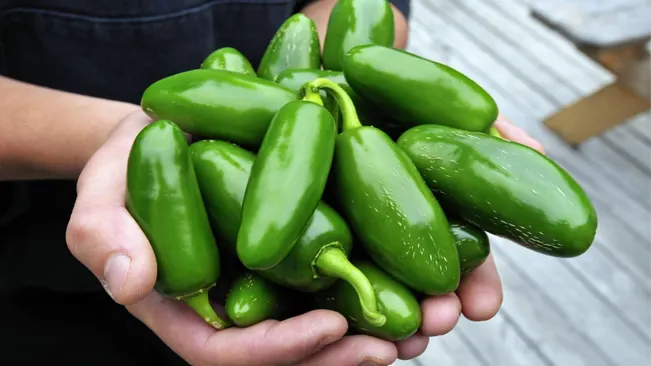
- Green Jalapenos: Most jalapenos are harvested when they are green. At this stage, they have a crisp texture and a balanced level of heat. Green jalapenos are excellent for salsas, pickling, and stuffing.
- Red Jalapenos: If left on the plant, jalapenos will turn red. Red jalapenos are sweeter and often hotter than their green counterparts. They are great for making sauces or drying and grinding into chili powder.
Harvesting Method
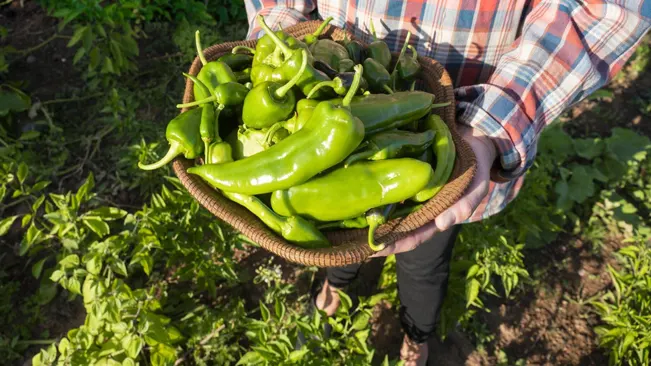
- Gentle Picking: Use a sharp knife or scissors to cut the jalapenos off the plant. Pulling them off by hand can damage the plant and the fruit. Cut the stem about ¼ inch above the fruit.
- Regular Harvesting: Regularly picking the peppers encourages the plant to produce more fruit throughout the growing season.
Post-Harvest Handling
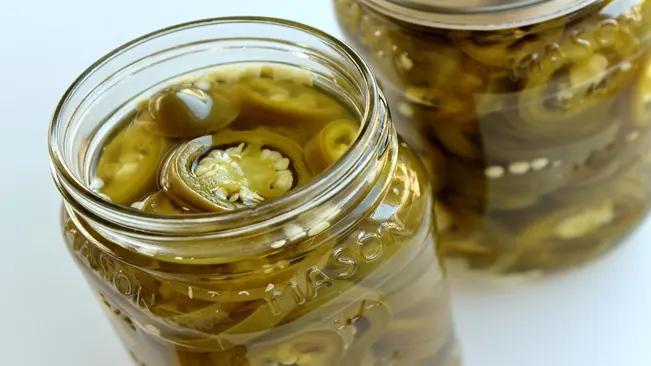
- Handling Care: Jalapenos contain capsaicin, which can irritate skin and eyes. It’s advisable to wear gloves when handling them, especially if cutting or deseeding.
- Storage: Fresh jalapenos can be stored in the refrigerator for up to a week. For longer storage, they can be dried, pickled, or frozen.
Common Problems
Blossom End Rot
This is a common issue where the end of the pepper turns black and rots. It’s usually due to calcium deficiency or inconsistent watering.
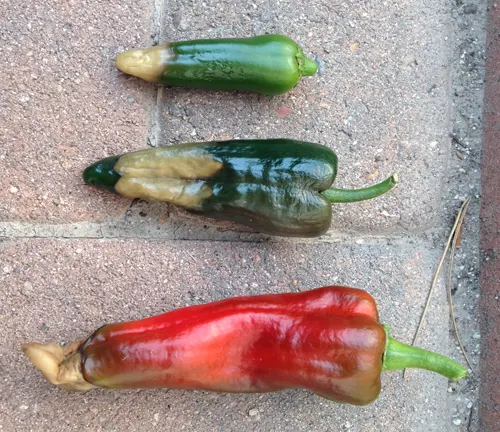
Pests and Diseases
Keep an eye out for pests like aphids and diseases like bacterial spot. Regular monitoring and prompt treatment can mitigate these problems.
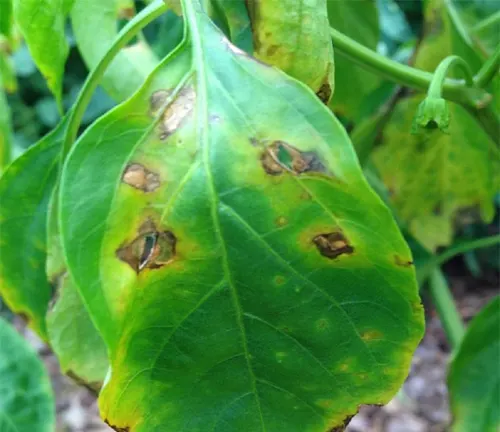
Conclusion
Planting jalapeno seeds involves starting them indoors 8-10 weeks before the last frost, using a quality seed starting mix, and providing consistent warmth and light. As the seedlings grow, maintain moist soil and provide balanced fertilization. After hardening off, transplant them outdoors in a sunny, well-draining location, spacing them appropriately for optimal growth and airflow.
FAQs (Frequently Asked Questions)
- When should I start planting jalapeno seeds indoors?
Start planting jalapeno seeds indoors 8-10 weeks before the last expected frost date in your area. - What kind of soil should I use for planting jalapeno seeds?
Use a high-quality seed starting mix, which is light and well-draining, to ensure the best growth for your jalapeno seeds. - How deep should I plant jalapeno seeds?
Plant jalapeno seeds about ¼ inch deep in the soil. - Do jalapeno plants need full sun?
Yes, jalapeno plants thrive in full sun, requiring at least 6-8 hours of direct sunlight daily. - How often should I water jalapeno seedlings?
Keep the soil consistently moist but not waterlogged. Water when the top inch of the soil feels dry to the touch. - When is the right time to transplant jalapeno seedlings outdoors?
Transplant the seedlings outdoors after the last frost, when they are about 6 inches tall and have been hardened off. - How far apart should I space jalapeno plants?
Space jalapeno plants 14-16 inches apart, in rows that are 2-3 feet apart. - Do I need to fertilize jalapeno plants, and how often?
Yes, fertilize jalapeno plants every 4-6 weeks with a balanced fertilizer to promote healthy growth. - How long does it take for jalapenos to grow from seed to harvest?
It typically takes about 3-4 months from planting the seed to harvesting ripe jalapenos. - Can I grow jalapeno plants in containers?
Yes, jalapenos can be grown in containers, but ensure the pot is at least 10-12 inches in diameter and has good drainage.

Kristine Moore
Forestry AuthorI'm Kristine Moore, a seasoned garden landscaping professional with over 30 years of experience. My extensive career has been dedicated to transforming outdoor spaces into stunning, sustainable landscapes. With a deep understanding of horticulture, design principles, and environmental stewardship, I have become a respected figure in the field, known for creating harmonious, visually appealing, and eco-friendly gardens. My commitment to excellence and continuous learning in landscaping trends and techniques has solidified my reputation as an expert in garden design and implementation.

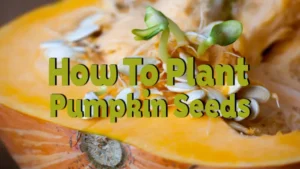

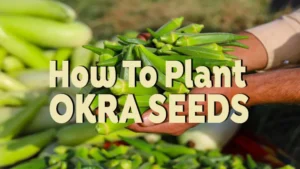
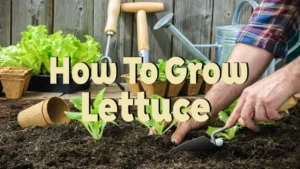
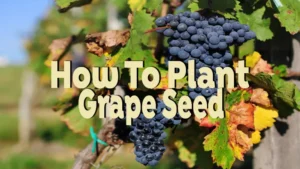
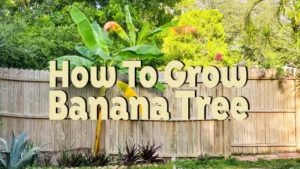
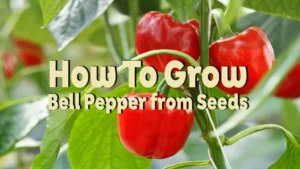
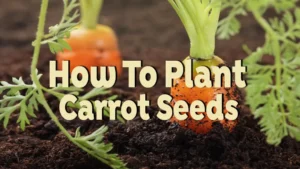
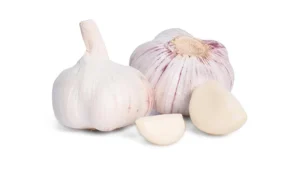
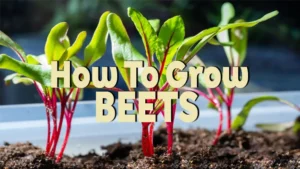


Leave your comment